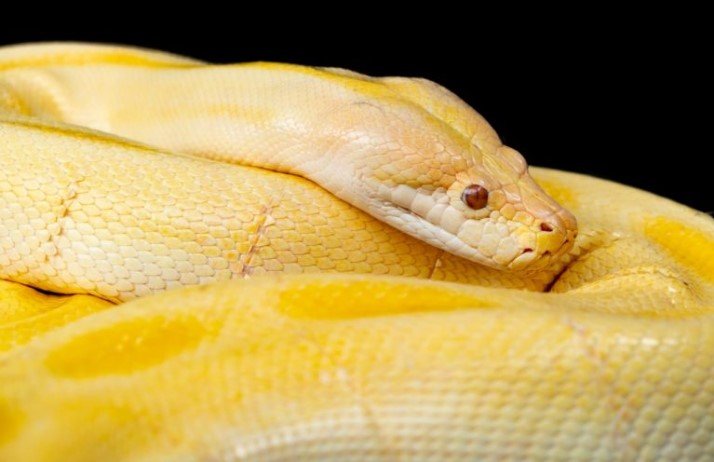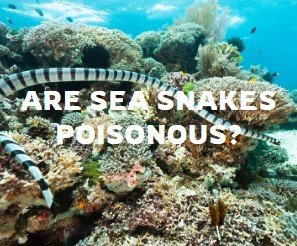Snakes in Paradise: Exploring the Presence and Impact of Snakes in Hawaii
Introduction:
Hawaii, renowned for its lush landscapes and unique biodiversity, stands out as an ecological haven. However, the absence of native snake species has long been a defining feature of the archipelago’s fauna. Let’s delve into the intriguing story of snakes in Hawaii, exploring their introduction, impact, and the ongoing efforts to maintain this snake-free paradise.

1. Historical Absence:
Hawaii’s isolation and volcanic origins created a natural barrier, preventing the natural migration of snakes to the islands. Unlike many continental regions, Hawaii did not develop native snake species over its geological history.
2. Introduction of Snakes:
The absence of snakes dramatically changed in the 20th century when a few snake species were unintentionally introduced by human activities. Brown treesnakes (Boiga irregularis) and the common garter snake (Thamnophis sirtalis) are among the species that found their way to Hawaii, either through stowaways on cargo shipments or intentional introductions.
3. Ecological Impact:
The introduction of snakes to Hawaii has raised concerns among conservationists and ecologists. Snakes, particularly the brown treesnake, can have severe impacts on native bird populations, as they are known to prey on eggs, nestlings, and adult birds. The vulnerability of ground-nesting birds in Hawaii makes them particularly susceptible to snake predation.
4. Control and Prevention Measures:
Recognizing the potential ecological threats posed by introduced snakes, efforts have been made to control and prevent their establishment. Stringent biosecurity measures at airports and ports aim to minimize the risk of new snake introductions, and eradication programs have been implemented to manage established populations.
5. Snakes as Invasive Species:
The unintentional introduction of snakes to Hawaii exemplifies the challenges posed by invasive species. Invasive snakes can disrupt local ecosystems, leading to cascading effects on native flora and fauna. The islands’ unique biodiversity, evolved in the absence of snake predators, is particularly vulnerable to these disruptions.
6. Public Awareness and Education:
Public awareness campaigns play a crucial role in preventing further snake introductions. Educational programs highlight the risks associated with transporting snakes to the islands, encouraging responsible behaviors among residents and visitors alike.
7. Preserving Snake-Free Islands:
The ongoing commitment to maintaining Hawaii as a snake-free environment involves a multi-faceted approach. This includes monitoring, early detection and rapid response strategies, and collaborations between government agencies, conservation organizations, and the public.
Conclusion:
In conclusion, while Hawaii is not naturally home to snakes, human activities have introduced these reptiles to the islands, prompting conservation efforts to preserve the archipelago’s unique and fragile ecosystems. The delicate balance between the allure of a snake-free paradise and the challenges posed by unintentional introductions continues to shape the conservation narrative in Hawaii.
Learn more about snakes in America.





Leave a Reply